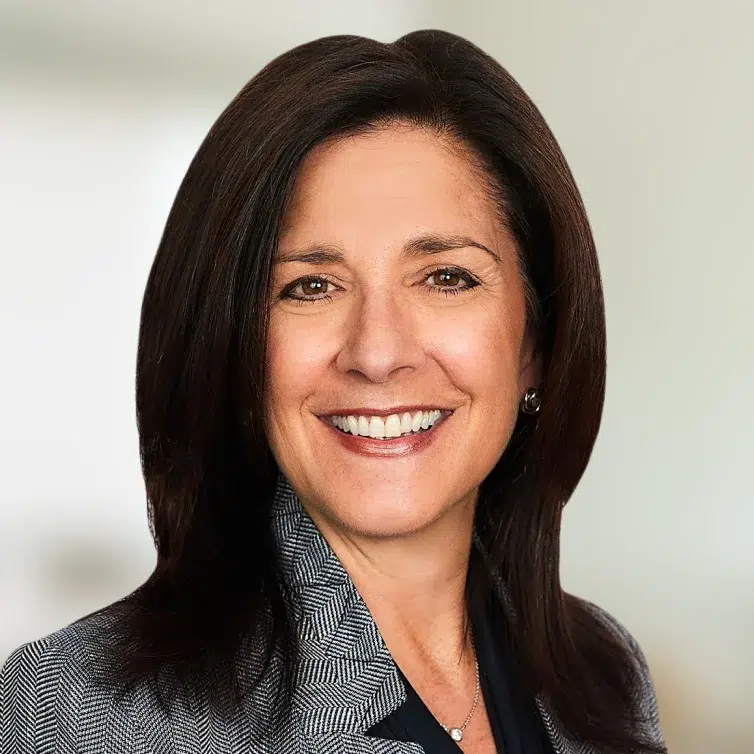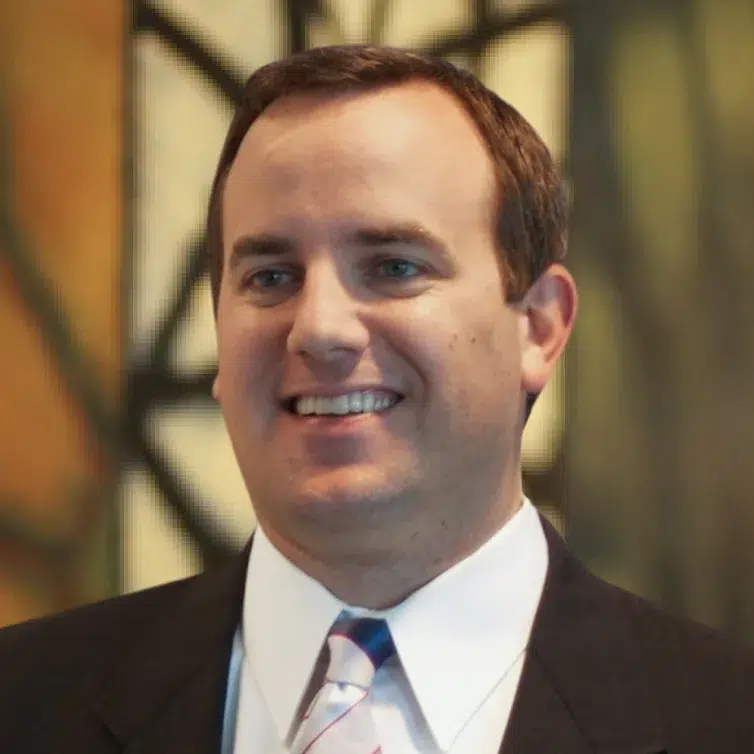
What does it mean to leave a legacy?
To many, it means leaving something behind financially so they will be long remembered for helping a noble cause. The donor gives money and is publicly acknowledged for the contribution, creating the lasting link between the donor and what they support.
For the very wealthy, this goal might be achieved by establishing a large foundation that regularly gives money in their name (the Bill and Melinda Gates Foundation, for example). The money could be used to provide significant funding to create something new that benefits many, like a university building. Or it could go toward solving a challenging problem, such as supporting research to find a cure for a deadly disease. This type of charity, however, suggests legacies are only left by people with vast sums of money.
In truth, we all leave a legacy to some extent. The legacy we leave is the influence we have on others when we are no longer part of this world. In other words, anyone, no matter how rich or poor, can leave a meaningful legacy.
To do that, you must first define your legacy. Then you can go about developing a strategic plan to fulfill it given the talents and resources you have.
Defining your legacy takes some deep introspection to identify what makes you tick and who you really want to benefit. Here are three questions I suggest you think about to discover the type of legacy you want to leave.
1. What drives you?
Leaving a meaningful legacy won’t happen by accident. Having a lasting and durable impact upon people years after you’re gone requires a great deal of passion toward a personal value or set of beliefs.
Think about the people you most admire. They may be notable, historical leaders of religion, politics, music or science who left a tremendous impact lasting generations — the names are too numerous to mention, but their legacies often affect your day-to-day life. With them, wealth was not always the common denominator; many of them had no wealth whatsoever. Instead, these great leaders had an unwavering commitment toward a set of values and beliefs. They not only practiced their beliefs, they promoted them through their teachings and work. They shared their beliefs with others, who in turn imparted them to more people, and in doing so, left behind legacies.
We remember these people years after they are gone for their actions, not because they necessarily wanted to be remembered. And while few will ever leave a legacy as large as creating a religious movement, a new country, a music genre or method of sharing information, we can each have a meaningful impact on others and leave behind our own legacy.
So start by thinking about what drives you. What motivates you to act in order to make a difference? It could be a belief you’ve been passionate about since you were a child or something you’ve more recently become aware of and want to support. It could be your chosen profession. Perhaps it’s the living conditions in your community. Maybe it’s watching a friend or relative suffer through a health condition.
Whatever it may be, that passion or drive should set the course for your charitable giving.
2. Who do you want to impact or help?
For a great many givers, the legacy they wish to leave behind is intended to influence their family and perhaps a few close friends. These are the people they are closest to and, therefore, will be most impacted by the giver’s values and beliefs.
However, some people wish to extend their reach beyond their inner circle. These people are typically seen as leaders, and they passionately support their beliefs whether at work or play. This type of giver is willing to invest additional time and effort, and sometimes money, to support their beliefs.
To have the maximum impact, it’s essential to identify a specific audience and focus efforts toward reaching that group.
No matter whether you wish to leave a legacy to a small or large group, through limited effort or lifetime work, it is important to determine specifically who you would like to influence and how you would like your legacy to affect them.
Some groups of people who could benefit from your philanthropy include:
- Students
- Alumni
- Local residents/neighbors
- Inner-city youth
- Refugees from a war-torn country
- Religious groups
- People struggling with addiction or mental illness
- The homeless
- Crime victims
The possibilities are endless. But to have the maximum impact, it’s essential to identify a specific audience and focus efforts toward reaching that group. Failing to target a specific group can result in a diluted message with little impact. For instance, one could try to help others reach their full potential and live more fulfilling lives by providing the basic needs of food, shelter and water. However, it’s unrealistic for one person to try to provide these resources to everyone in need throughout the entire world. A more thoughtful and impactful approach would be to narrow the focus, such as helping those living in your community, city or state.
3. What mark do you want to make?
Again, it is critical to think specifically about the desired result and the most effective means to accomplish your objective. This reminds me of a story from a friend named Jim. For many years, Jim and his church congregation raised money for Haitians. However, they had heard stories about funds donated to those in need in third-world countries never reaching their intended beneficiaries. Moreover, being all too familiar with the parable to teach them to fish rather than give them fish, they didn’t want to just give people food and shelter. They wanted to have a greater impact.
So rather than send money or food, they purchased vehicles, loaded them with supplies and personally delivered them to the village. While there, they labored to build a school so the residents and their children could learn to read and write and acquire skills that would help them earn a living and become independent.
Year after year, they raised money, bought trucks, delivered supplies, built shelters and helped the Haitians in this small remote village. Eventually, the school was built, and they provided resources so the residents could attend the school and ultimately create a self-sustaining community. However, despite the group’s best intentions, the village residents remained in poverty.
The residents still largely relied upon Jim and his friends to sustain their existence. After all that time and money, the volunteers had not figured out what would help the villagers go to school, work and support themselves and their families, which demonstrates that leaving a legacy isn’t necessarily easy.
In hindsight, Jim knows they gave a lot without solving the root problems of poverty. It was fast and relatively easy to provide the essentials. In the process however, they were not effective in accomplishing the goal of enabling the villagers to become independent.
While societal problems such as this are incredibly complicated, it helps emphasize the importance of keeping the end in mind. What objective, value or belief were they trying to impart? Teaching self-sufficiency through hard work, ingenuity and perseverance is no easy task. And although Jim’s group hasn’t gotten there yet, they aren’t giving up either.
When defining your legacy, look at the bigger picture and how your legacy will impact people. Ending homelessness, for example, is not really the legacy; it’s a desire to help people live more meaningful and enjoyable lives by meeting their basic needs. Food and shelter are a couple pieces of the puzzle to meet this objective. How do people who’ve struggled day-to-day move toward a more meaningful life? What does a more meaningful life mean — for you, for them? These are all important questions that must be addressed.
Some examples of beliefs or values one might wish to achieve with their philanthropy include:
- Live each day to its fullest
- Treat everyone with kindness and happiness
- Find the beauty in everything
- Work hard to accomplish anything
- Value the lifelong pursuit of knowledge
- Believe in a higher being
- Serve others selflessly
- Protect and cherish the environment
Notice this list is void of the means to accomplish the end. The means shouldn’t be confused with the end. But the belief or value should be the basis of your mission.
In the end, the legacy we leave behind will be defined by our actions each and every day. For some, that may be a little disconcerting, and for others, it will be only natural. But ultimately your actions define you, and owning that is an important part of your legacy.
Once you’ve defined the legacy you want to leave, you can shift attention to how to structure your charitable giving to achieve it. I’ll talk more about how partnering with a wealth manager can help you put an effective plan in place to do that in an upcoming fathom article.
Photo credit: Claudiad

 Talk to us
Talk to us 












